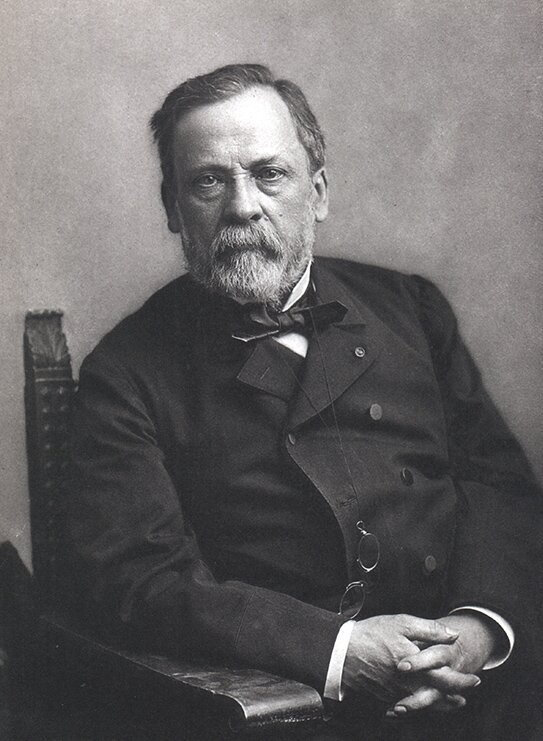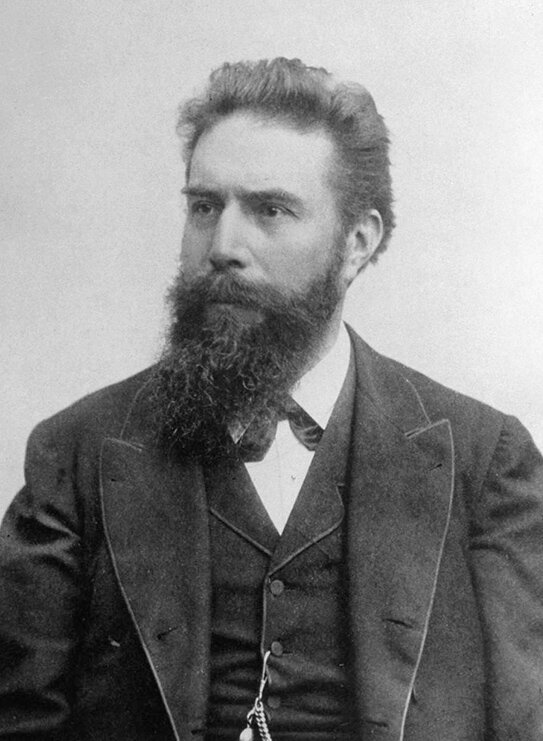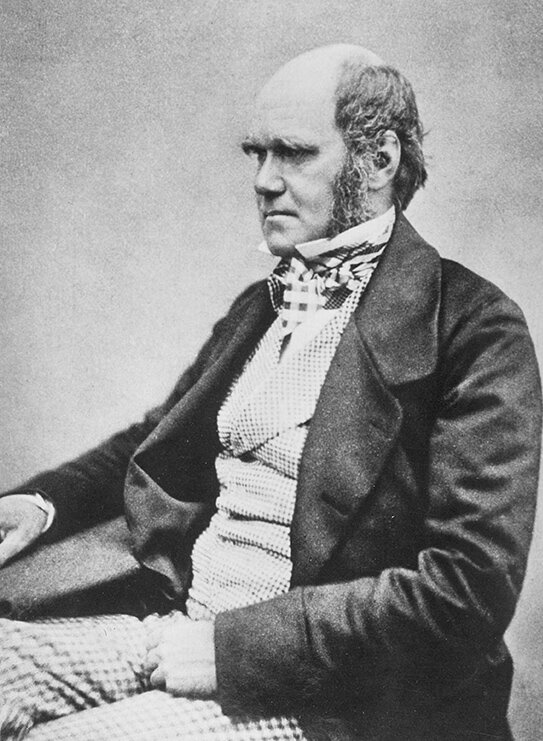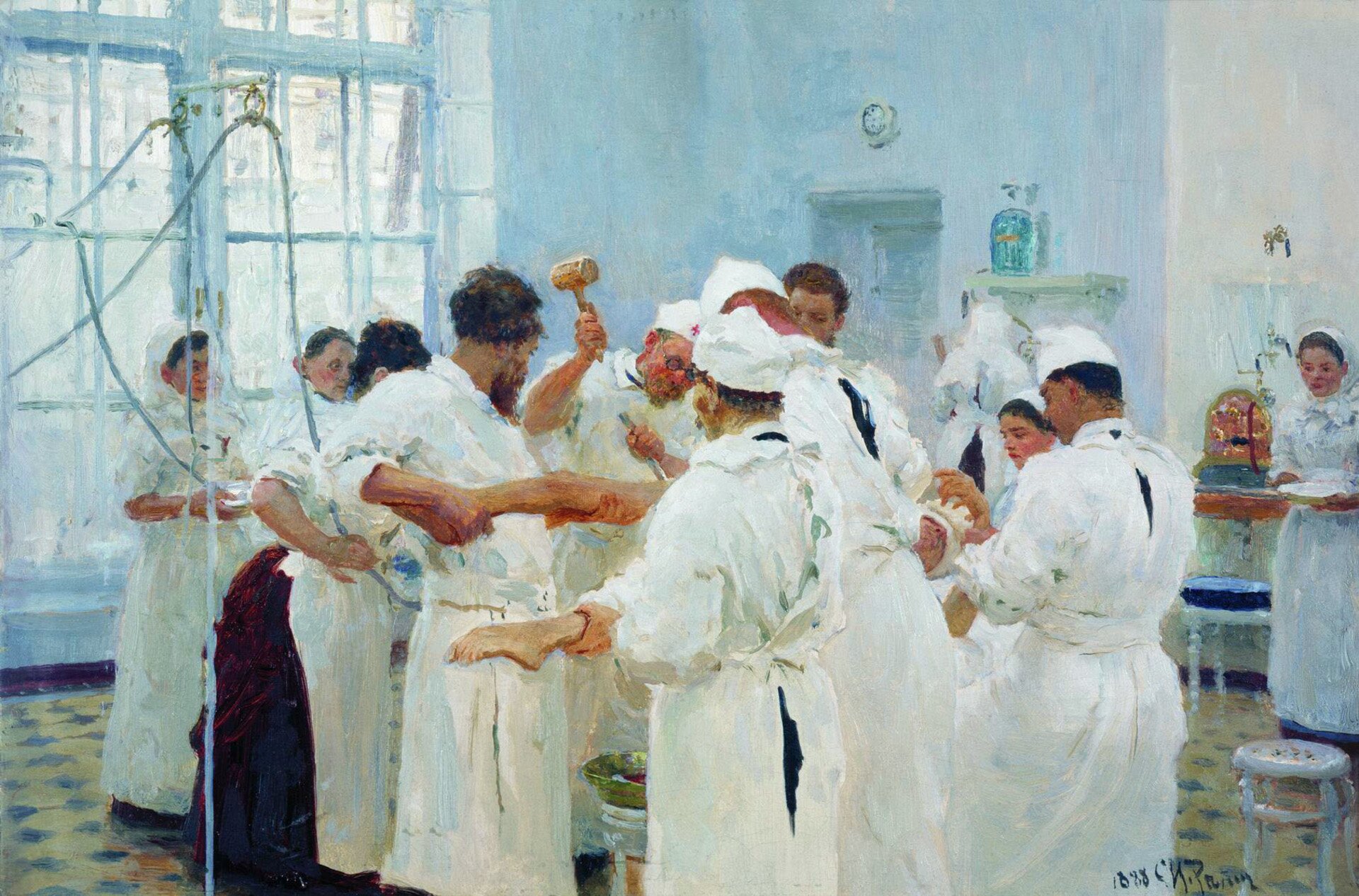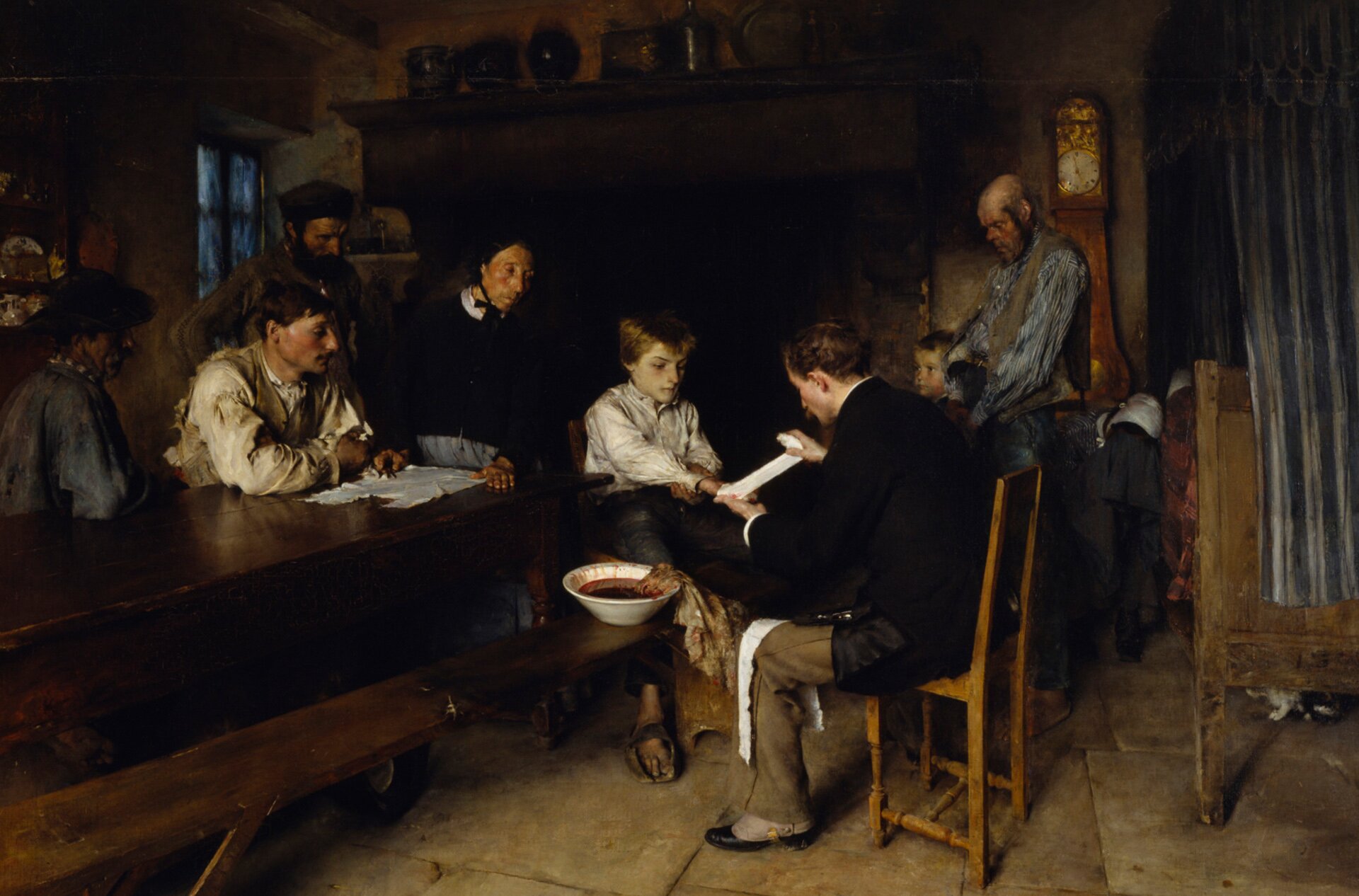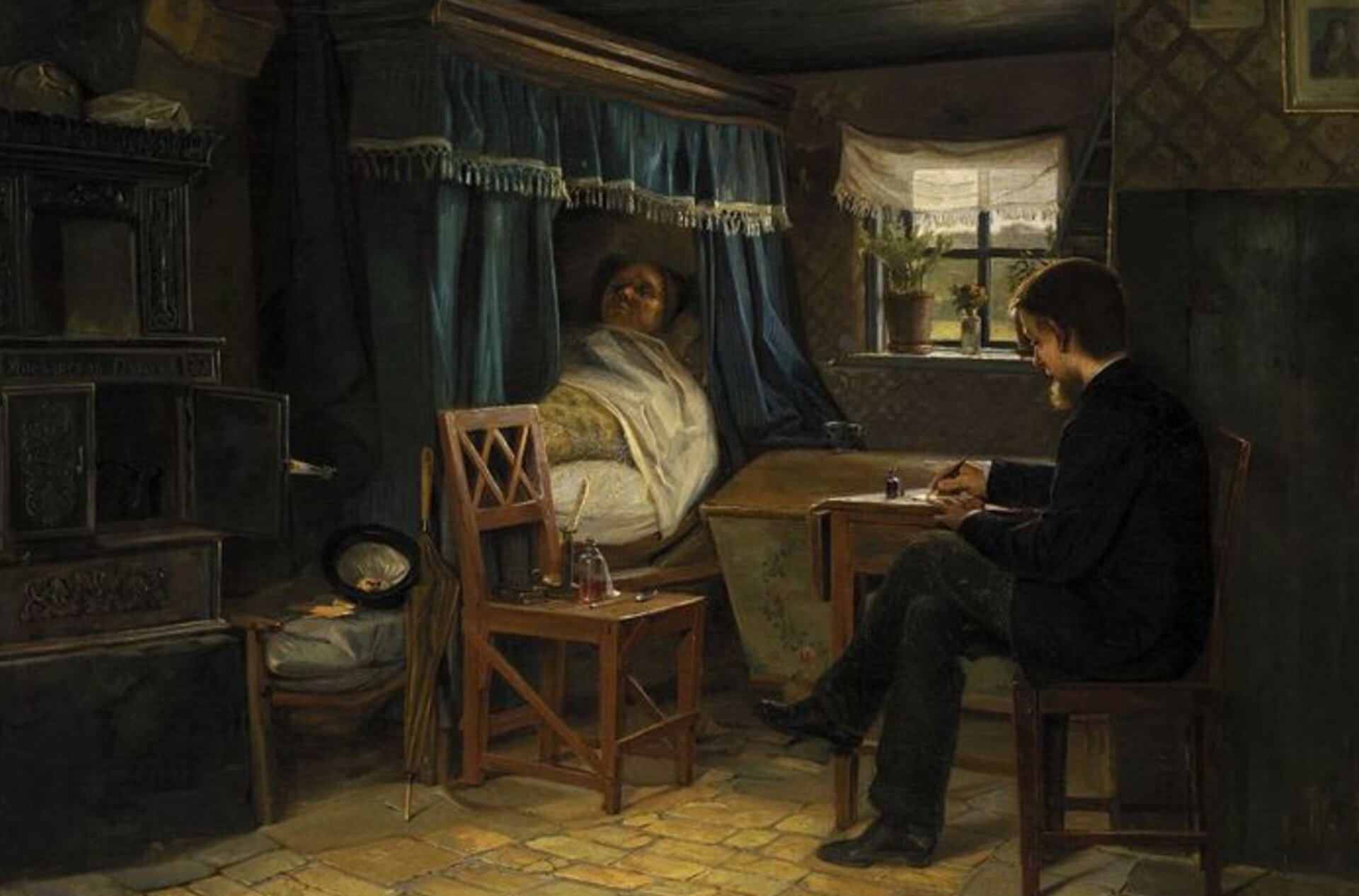The beauty and the ugliness of the late 19th century
about achievements in the field of medicine and hygiene in the 19th century;
about the social consequences of the development of medicine, hygiene and related sciences;
about the most important achievements of Polish and foreign scholars in these fields;
about the connection between hygiene and fashion.
In the 19th century, there was a breakthrough in the field of medicine and hygiene. Surgical instruments became standard equipment and wounds were no longer touched with bare hand. The discovery of bacteria that cause tuberculosis and CholeraCholera, made by the German physician Robert Koch, allowed to fight the epidemics of these diseases. The breakthrough, however, was the discovery that microbes are ubiquitous in the air. This was made possible by research carried out by the French chemist Louis Pasteur. Science owes him the groundbreaking discovery of the microorganisms responsible for fermentation and decay. Pasteur did not stop at theoretical considerations, but developed the world's first vaccines for rabies, anthrax and choleracholera.
In medical prophylaxis, the stethoscope and x‑ray radiography, discovered in 1895 by Wilhelm von Roentgen, started to be used. The public attitude to hygiene has changed. People began to notice the connection between obeying the rules of hygiene and health.
In 1859, the British botanist Charles Darwin announced his theory of evolution. It proclaimed that individual species in the animal world develop due to natural selection. By the end of the 19th century, the theory of the causes of mental illness became famous, the author of which was the Austrian psychiatrist Sigmund Freud. It was based on the assumption that man is primarily a biological being, which exposes him to conflict with culture and civilization.

The development of factory production of fabrics and tailoring accessories led to a significant reduction in production costs and clothing prices during the 19th century, thus also increasing its availability. Fashion, which until recently — because of the extremely high cost of outfits — could only yield to representatives of the aristocracy and the bourgeoisie, began to spread among the middle and lower strata of society. In the production of clothes, the utility, comfort and respect for rules of hygiene became increasingly important. However, this tendency was much faster reflected in the cut and styles of men's rather than women's clothing. It was not until the year 1900 that ready‑made clothing appeared on sale, and fashion for an athletic silhouette began to spread.
Look for information about the history of the crinolinecrinoline and its successor, the bustlebustle. Check on the Internet how feminine fashion has changed in the 19th century. List the most important information or prepare a presentation on this topic.
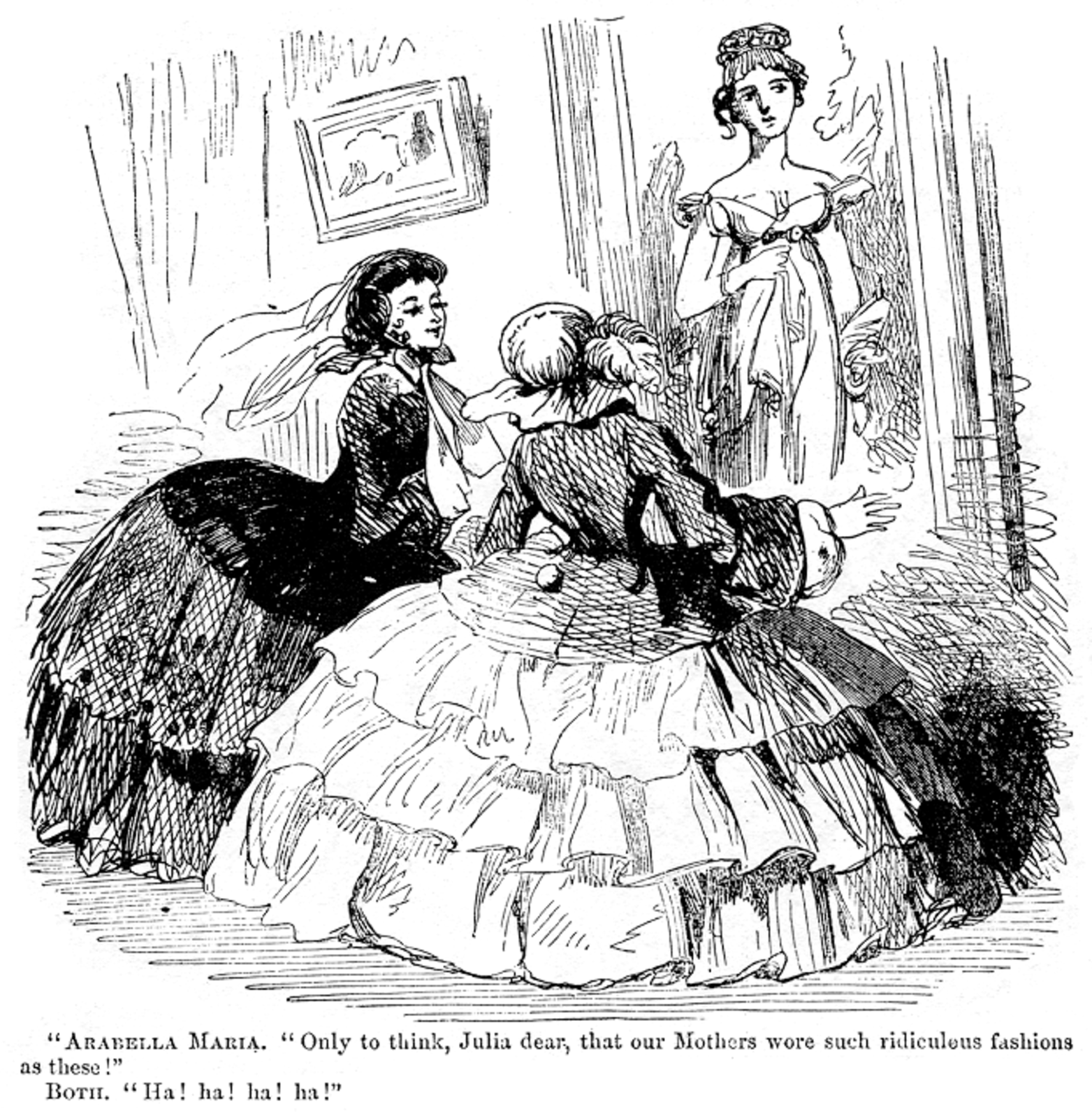
In the second half of the 19th century, sea baths became very popular. However, bathing looked very different from the one we engage in today.

Choose a sentence that correctly describes the situation shown on the postcard above.
- The postcard depicts a traffic accident that ended with steering a wooden cart into the sea. The man wants to help the frightened woman.
- In the nineteenth century, it was considered inappropriate to uncover the body, which is why swimsuits were not much different from ordinary clothing, and special wooden platforms were used to enter the water. The woman wants to take a plunge, but apparently she is afraid to enter the water, yet, the man accompanying her still encourages her to do so.
- The woman presented on the postcard wants to take a plunge wearing her clothes since she forgot her swimsuit. Nevertheless, the man accompanying her encourages her to enter the water.
Were the hopes of the young artist – author of the portrait – for a brilliant career in Paris and more orders for his art fulfilled?
Who was Madame X? How did the portrait change her life?
Keywords
medicine, darwinim, psychoanalysispsychoanalysis, 19th century
Glossary
antyseptyka - postępowanie mające na celu zniszczenie drobnoustrojów na narzędziach chirurgicznych, w salach operacyjnych, w ranach itp. w celu uniknięcia zakażeń.
aseptyka - postępowanie zapewniające wykluczenie dostępu drobnoustrojów chorobotwórczych do jakiegoś środowiska.
cholera - ostra choroba zakaźna wywołana przez bakterię przecinkowca cholery, wykrytego w 1883 przez R. Kocha
darwinizm - teoria naukowa z dziedziny ewolucjonizmu, sformułowana niezależnie przez Ch.R. Darwina i A.R. Wallace’a, równocześnie opublikowana w 1858.
psychoanaliza - teoria Zygmunta Freuda, stworzona do celów terapeutycznych; jej kluczowym elementem było podkreślanie wpływu doświadczeń z dzieciństwa i psychicznych kosztów tłumienia seksualności w sposób zgodny z wymogami ówczesnej obyczajowości.
krynolina - konstrukcja w kształcie dzwonu, usztywniająca suknie modne w latach 1840–70; też sama szeroka suknia z tego okresu.
tiurniura - używana ok. 1870–1879 elastyczna poduszeczka z końskiego włosia, na której układano draperie z materiału i podpinano falbanami lub kokardami; także nazwa sukni w ten sposób upiętej.
tabu - to, co jest zakazane w jakimś społeczeństwie, ponieważ jest wstydliwe, niebezpieczne, kontrowersyjne lub przykre.

